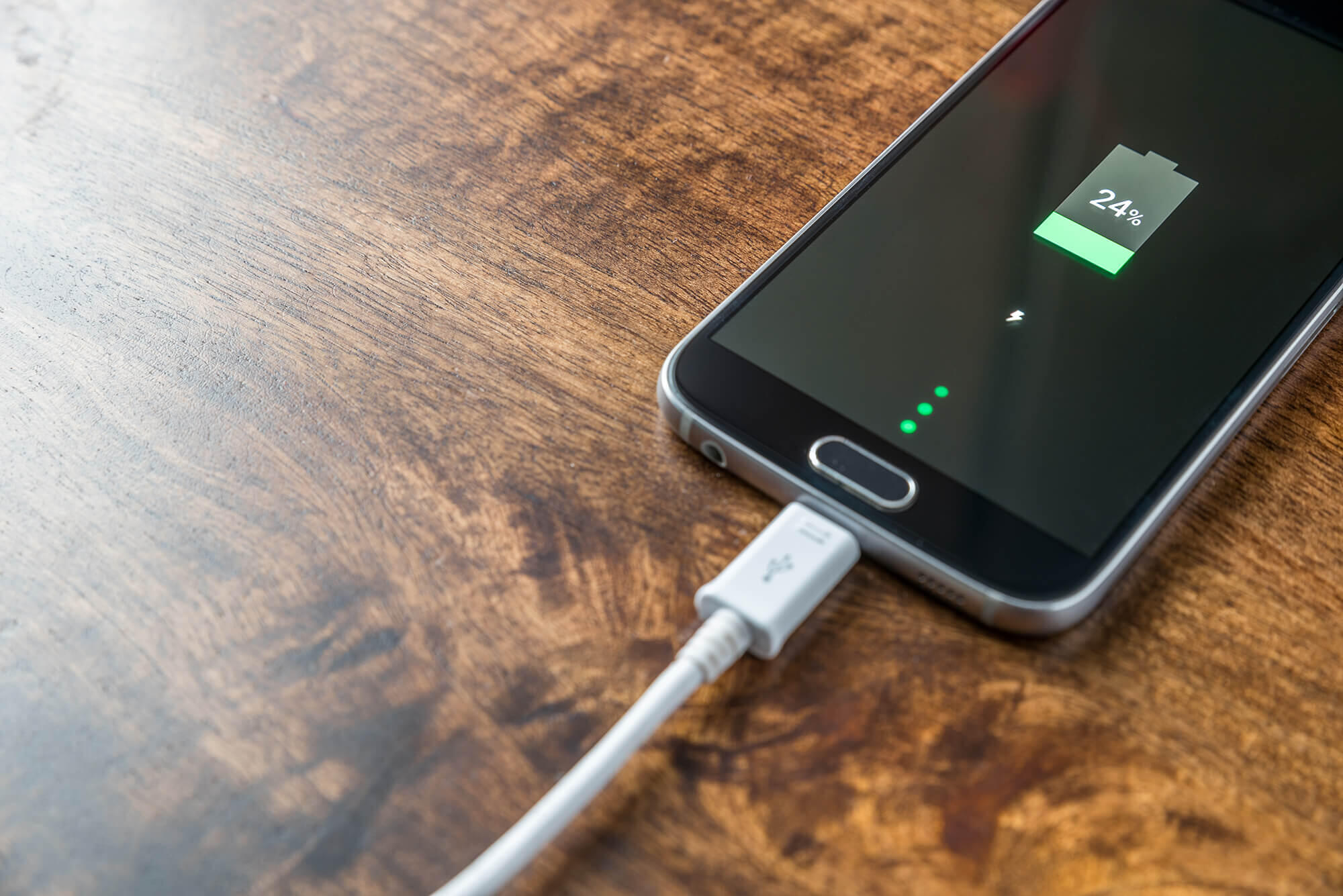
THE PRODUCT:
Battery chargers may be stand-alone equipment or embedded in other products. Examples of residential devices which use battery chargers include mobile phones, cordless vacuums, bluetooth speakers, and electric-powered lawn equipment. Wireless charging technology has also advanced considerably and has become a widespread feature in new consumer products such as mobile phones and wearable devices. Commercial devices with battery chargers include two-way radios, emergency backup lighting, and lift trucks.
THE STANDARD:
The current standards for residential battery chargers took effect in 2018. The standards specify maximum levels for unit energy consumption (UEC) depending on the type of battery charger and the battery energy. UEC incorporates active mode, standby mode, and off mode energy use. At the time the current federal standards were established, about 95% of residential battery chargers sold nationally already met the standards as a result of prior state standards adopted by California and Oregon that largely shifted the national market to more efficient products.
Commercial and industrial battery chargers are not covered under federal battery charger standards. California and Oregon also adopted standards for commercial and industrial battery chargers that remain in effect.
In 2023, DOE proposed amended standards for residential battery chargers (including wireless chargers) that represent annual energy savings of about 10-50% relative to the current standards, depending on the end-use product type. The proposed standards specify separate standards for maximum active charge energy and maximum standby mode and off mode power consumption.
KEY FACTS:
Battery chargers operate in three modes: no-battery, maintenance, and active modes. In no-battery mode, the charger is plugged in but is not connected to a battery. In maintenance mode, the charger is plugged in and attached to the battery, which is fully charged. In active mode, the charger is plugged in and attached to the battery, which is being charged. Inefficient battery chargers often continue to provide constant current to the battery even after the battery is fully charged.
Fact Sheets
Filings
ASAP Press Releases
Reports
Standards in the News
Timeline
| Federal | Date |
| Proposed Rule Issued | 2023 |
| 1st Federal Standard Effective | 2018 |
| 1st Federal Standard Adopted | 2016 |
| EPACT Initial Federal Legislation Enacted | 2005 |